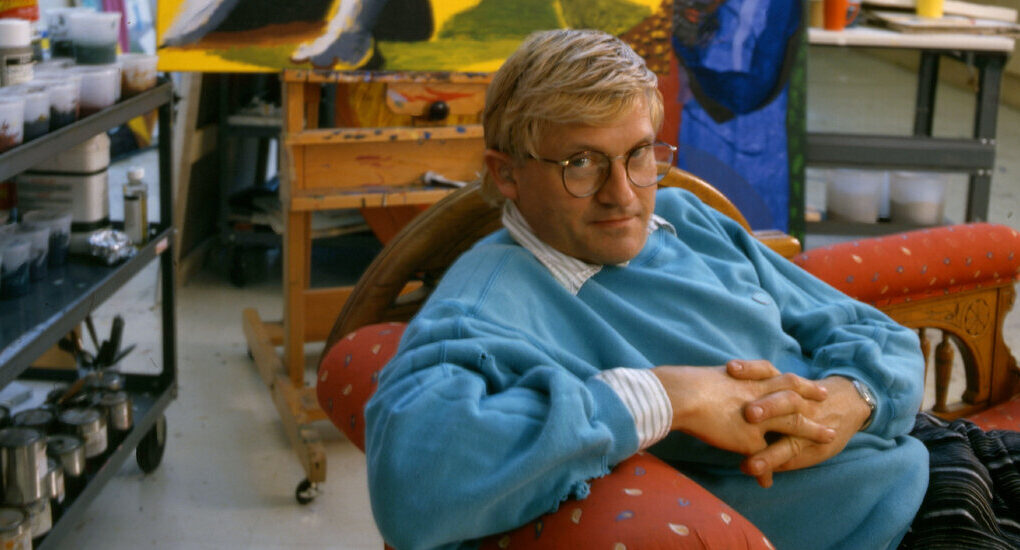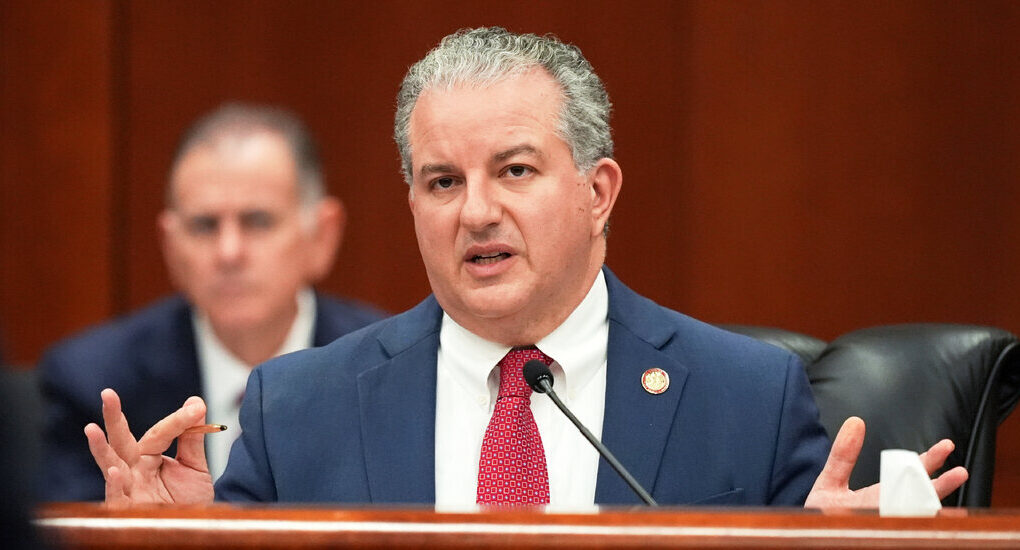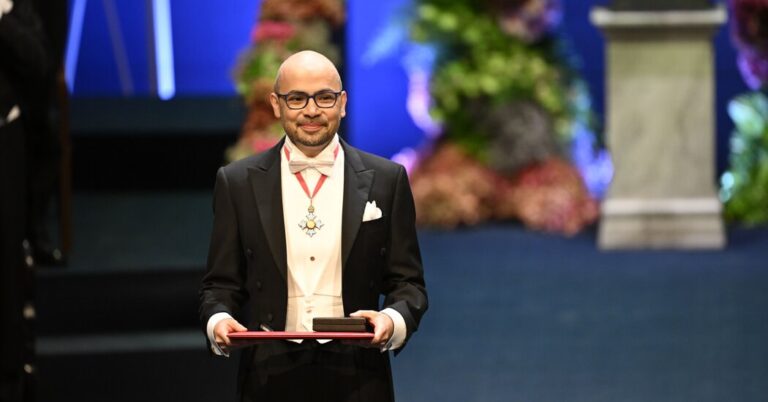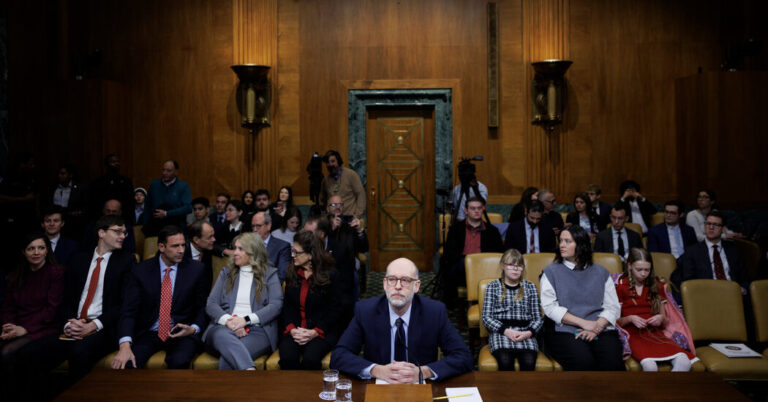

Exploring Shanghai Today: Embracing a Bright, App-Driven Lifestyle
Discover the vibrant, app-driven lifestyle of Shanghai today, where technology meets tradition in a city full of innovation and excitement.
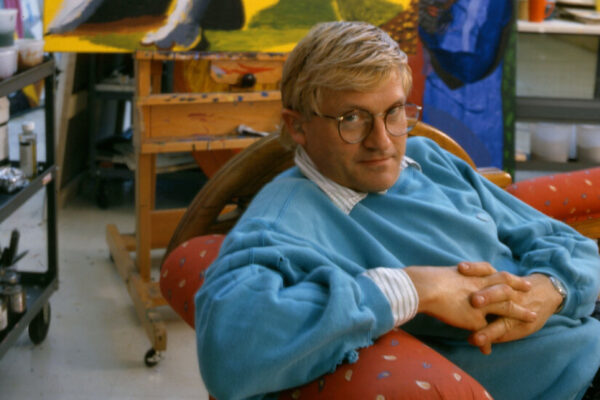
Experience Unmatched Joy: David Hockney’s Largest Exhibition Yet
Discover the vibrant world of David Hockney in his largest exhibition yet, where unmatched joy and creativity come to life.

Gourmet Experiences Await: Dining Delights at Train Stations
Discover gourmet dining delights at train stations, where culinary experiences transform travel into a feast for the senses.

Echoes of Loss: A Family’s Journey Through Grief in Gaza
Explore a family’s poignant journey through grief in Gaza, reflecting on loss, resilience, and the echoes of love amid heartache.

Unveiling Meghan’s Authentic Culinary Space: Beyond the Spotlight
Discover Meghan’s true culinary haven as we explore her authentic cooking space, revealing the flavors and passions beyond the royal spotlight.
Tragic Incident: 15-Year-Old Girl Assaulted by Six Teenage Boys in a Field
A tragic incident unfolds as a 15-year-old girl is assaulted by six teenage boys in a field, raising urgent concerns about safety and youth behavior.
Discover the Hidden Gem: Britain’s Last Sunset Paradise with Caribbean Vibes
Uncover Britain’s last sunset paradise, where Caribbean vibes meet stunning views. Experience the hidden gem that awaits your discovery!
Unveiling the Hidden Ozempic Side Effects: Celebrity Confessions of Adverse Reactions from Trout Pouts to Nausea
Discover the surprising Ozempic side effects revealed by celebrities, from trout pouts to nausea. Uncover the truth behind their experiences.
Gerwyn Price Demands Major Reform from PDC Following Announcement of £1 Million World Darts Prize Money
Gerwyn Price calls for significant changes from the PDC after the announcement of a £1 million prize for the World Darts Championship.
Amanda Holden, 54, Stuns in Daring Silver Bikini While Embracing the Sun in Dubai
Amanda Holden, 54, turns heads in a daring silver bikini, soaking up the sun in Dubai. Discover her stunning beach look and confident vibe!
